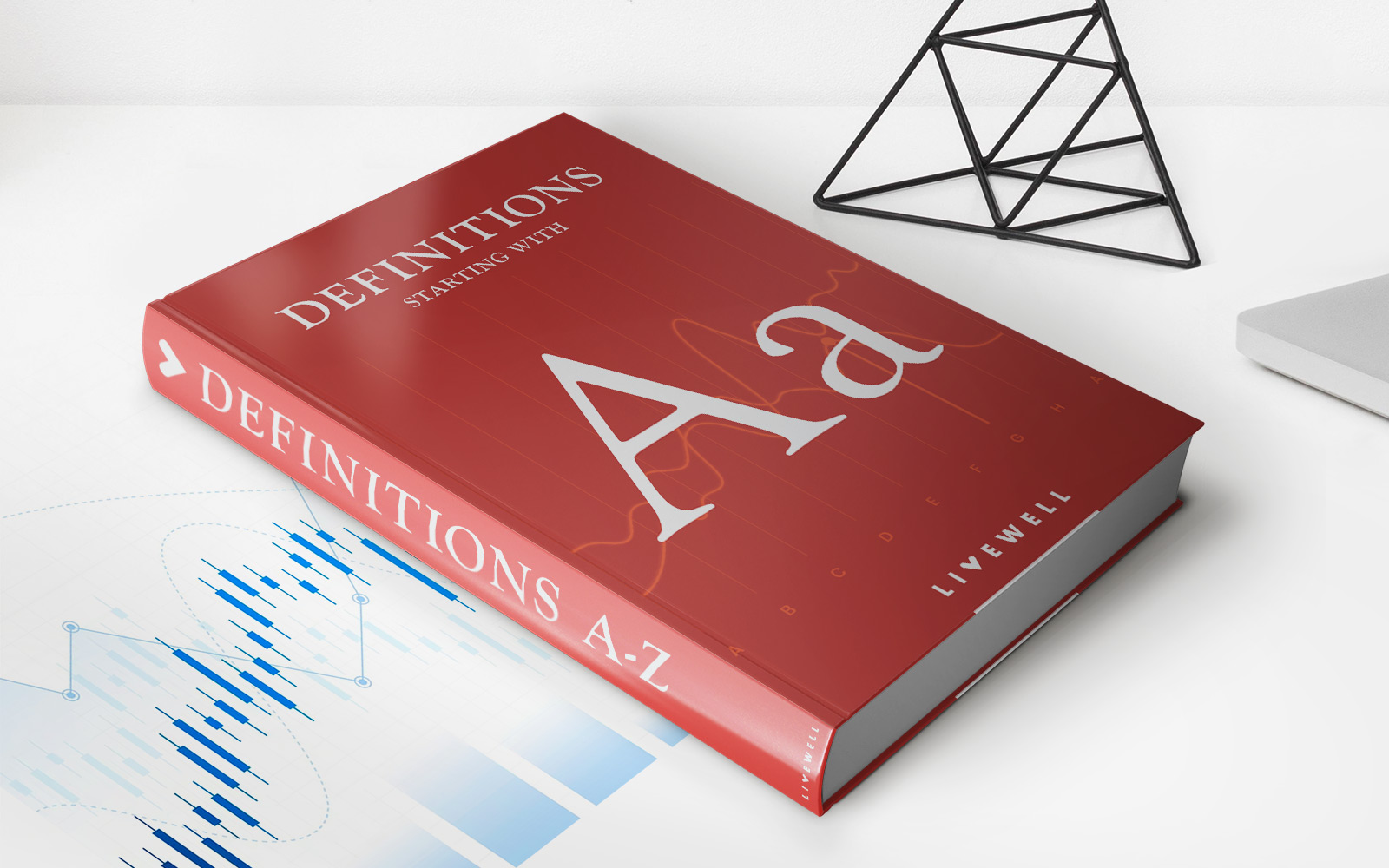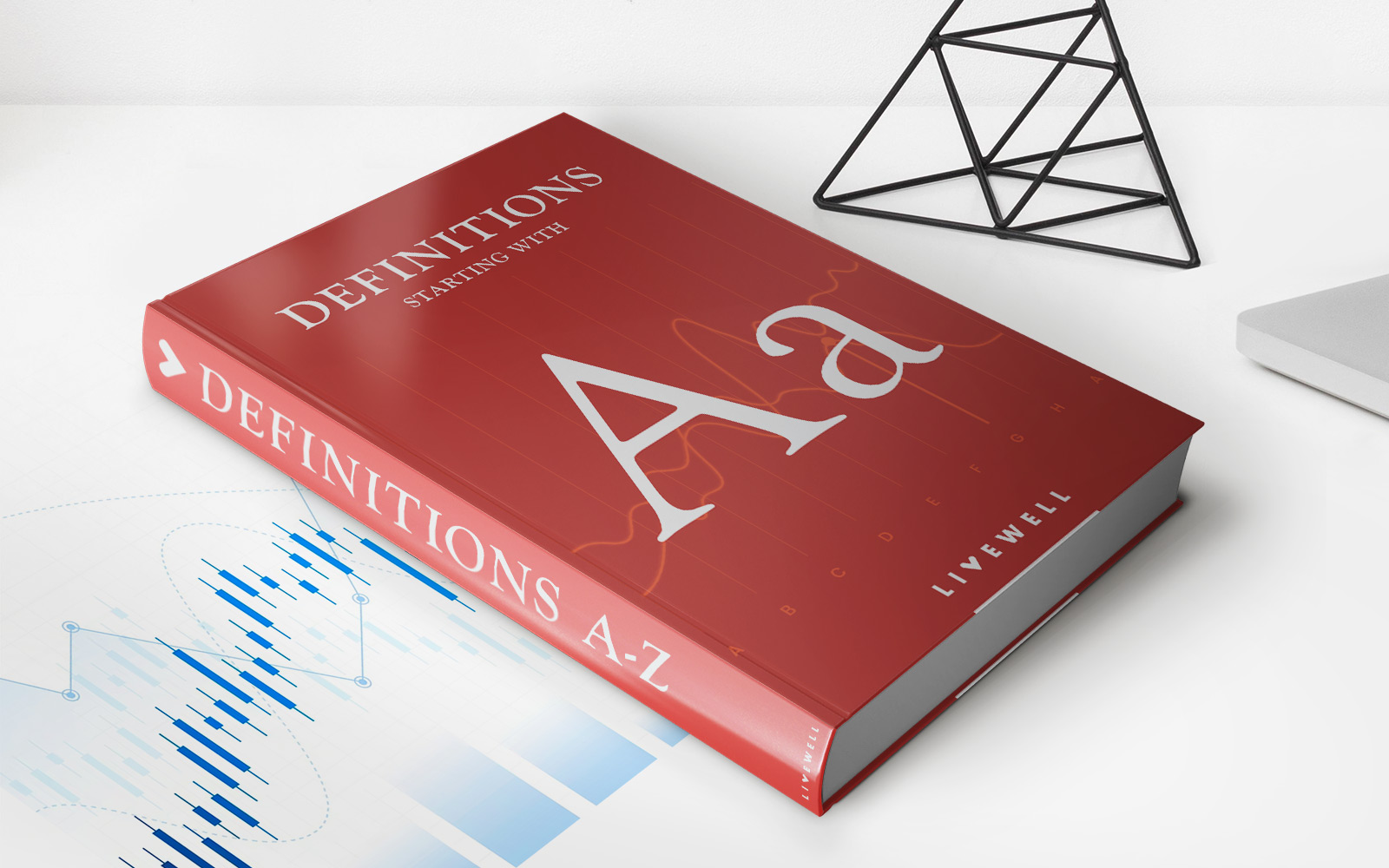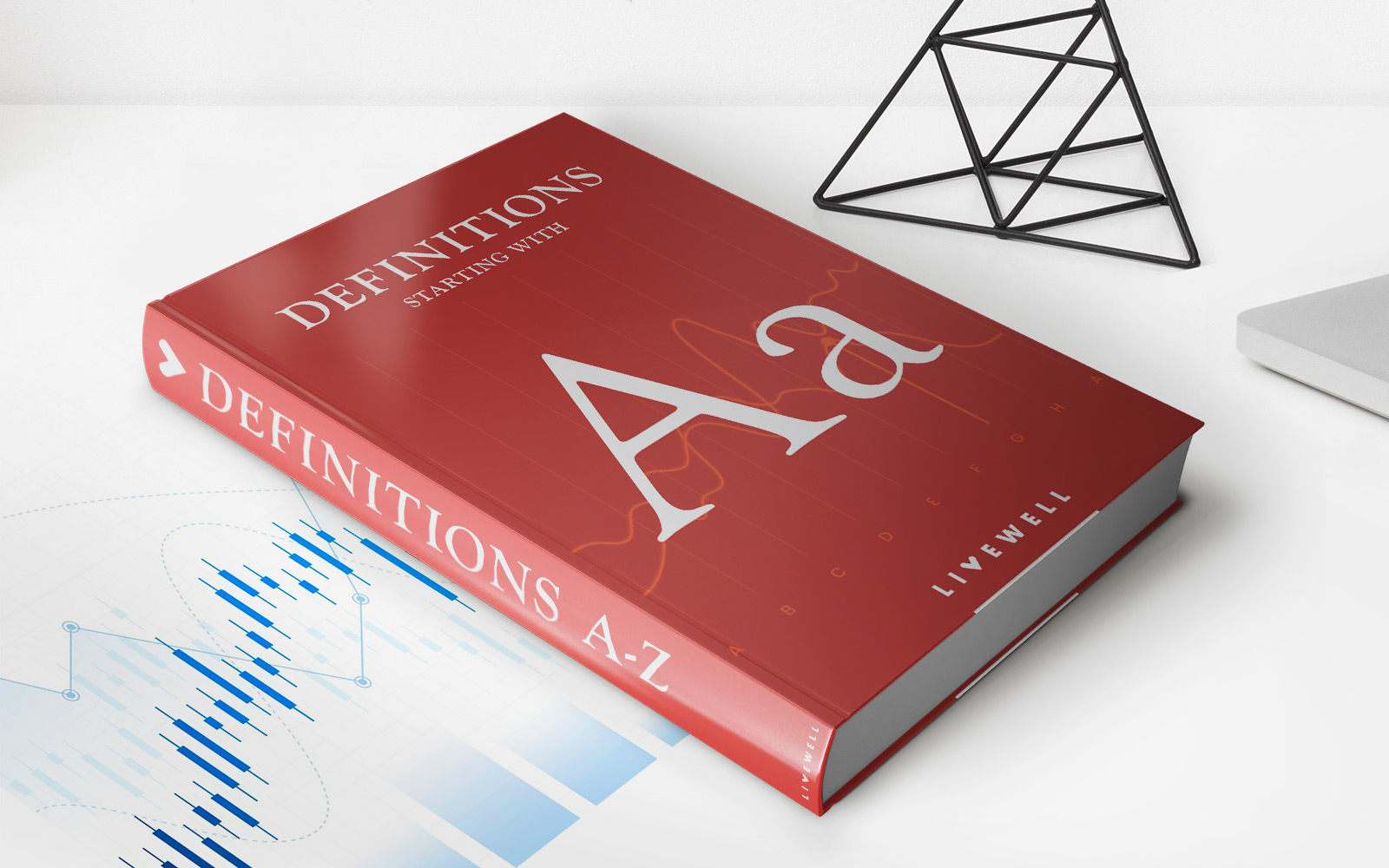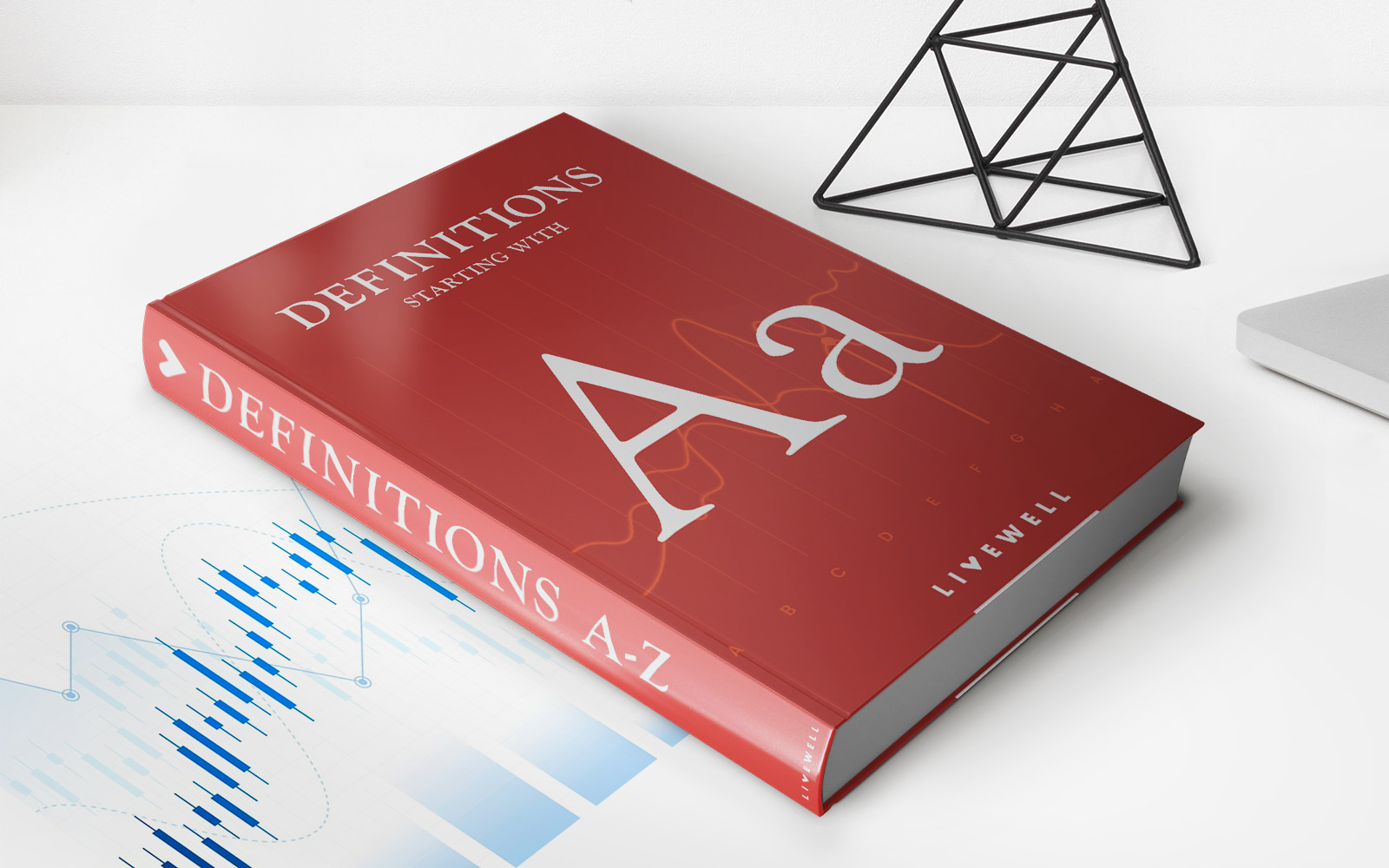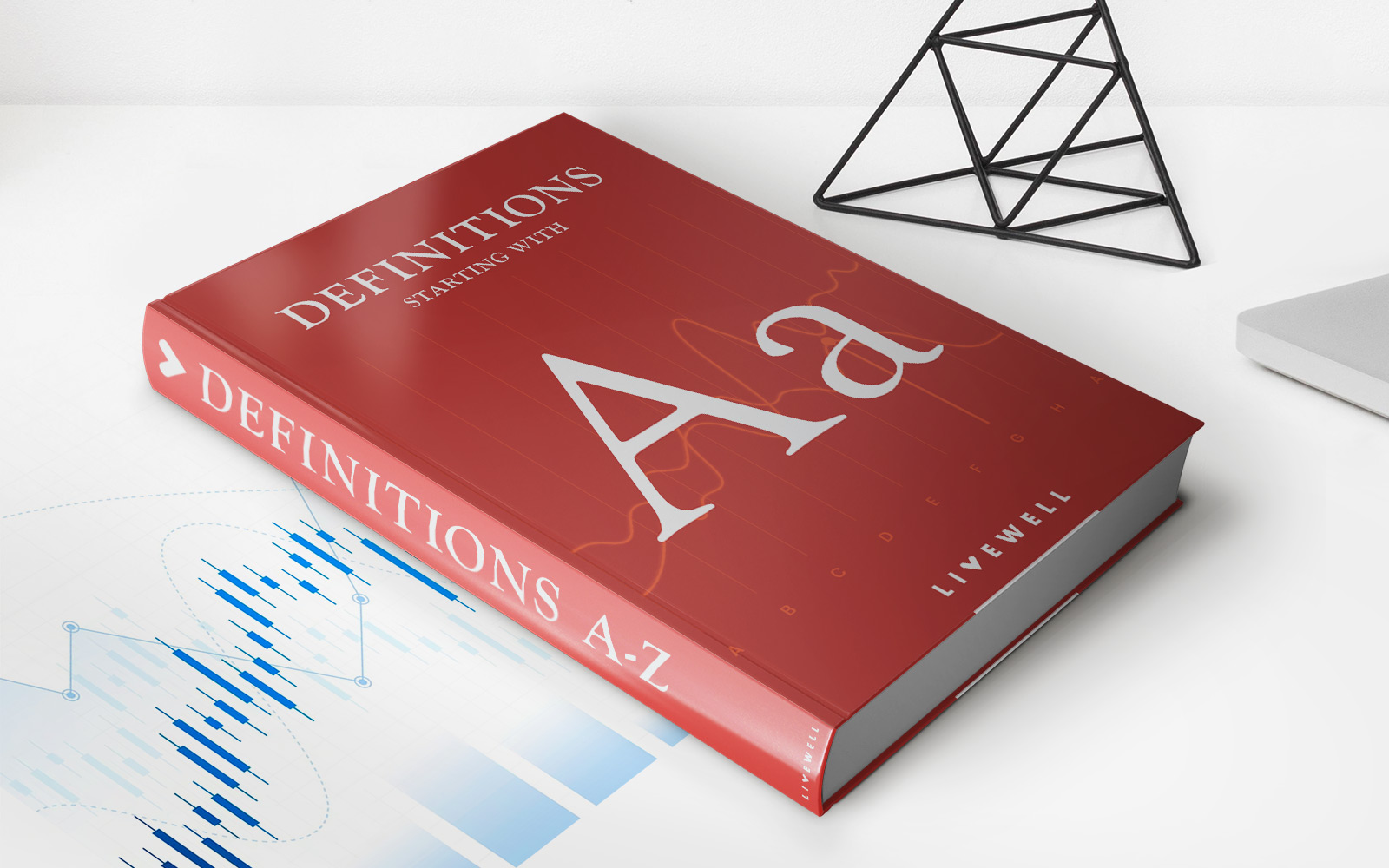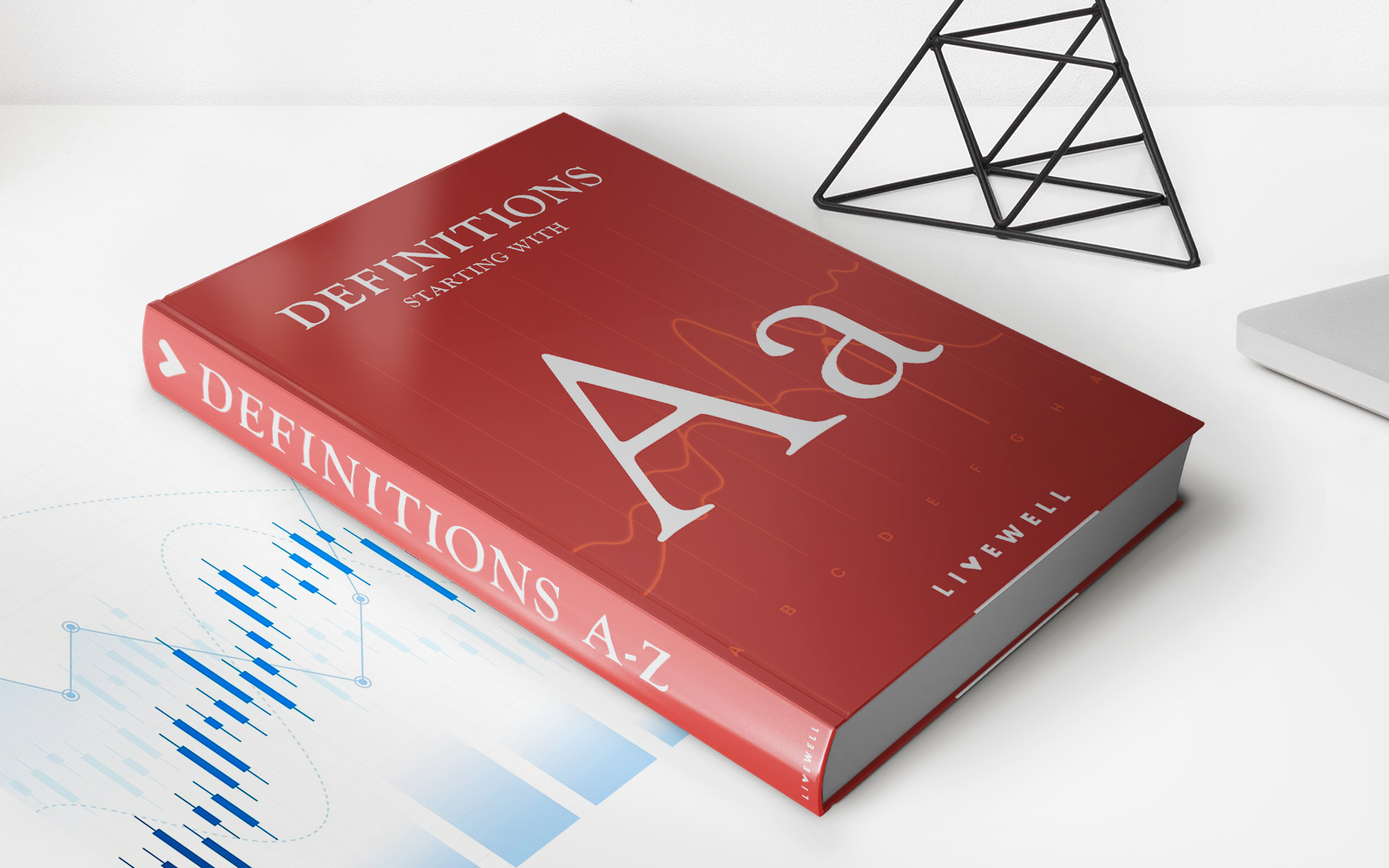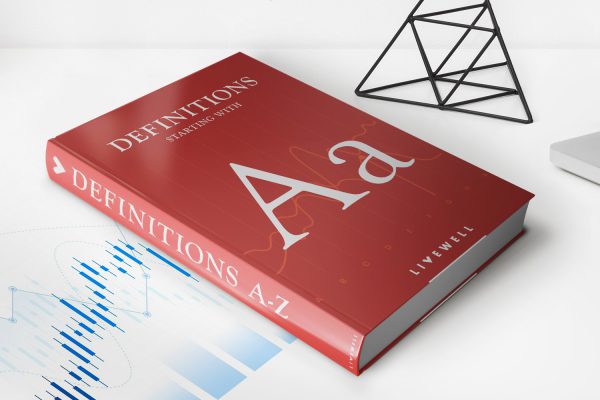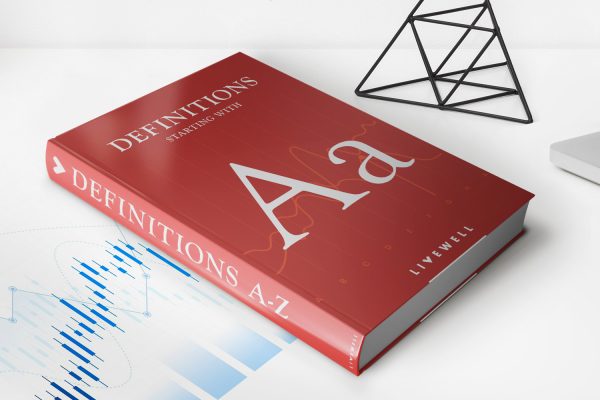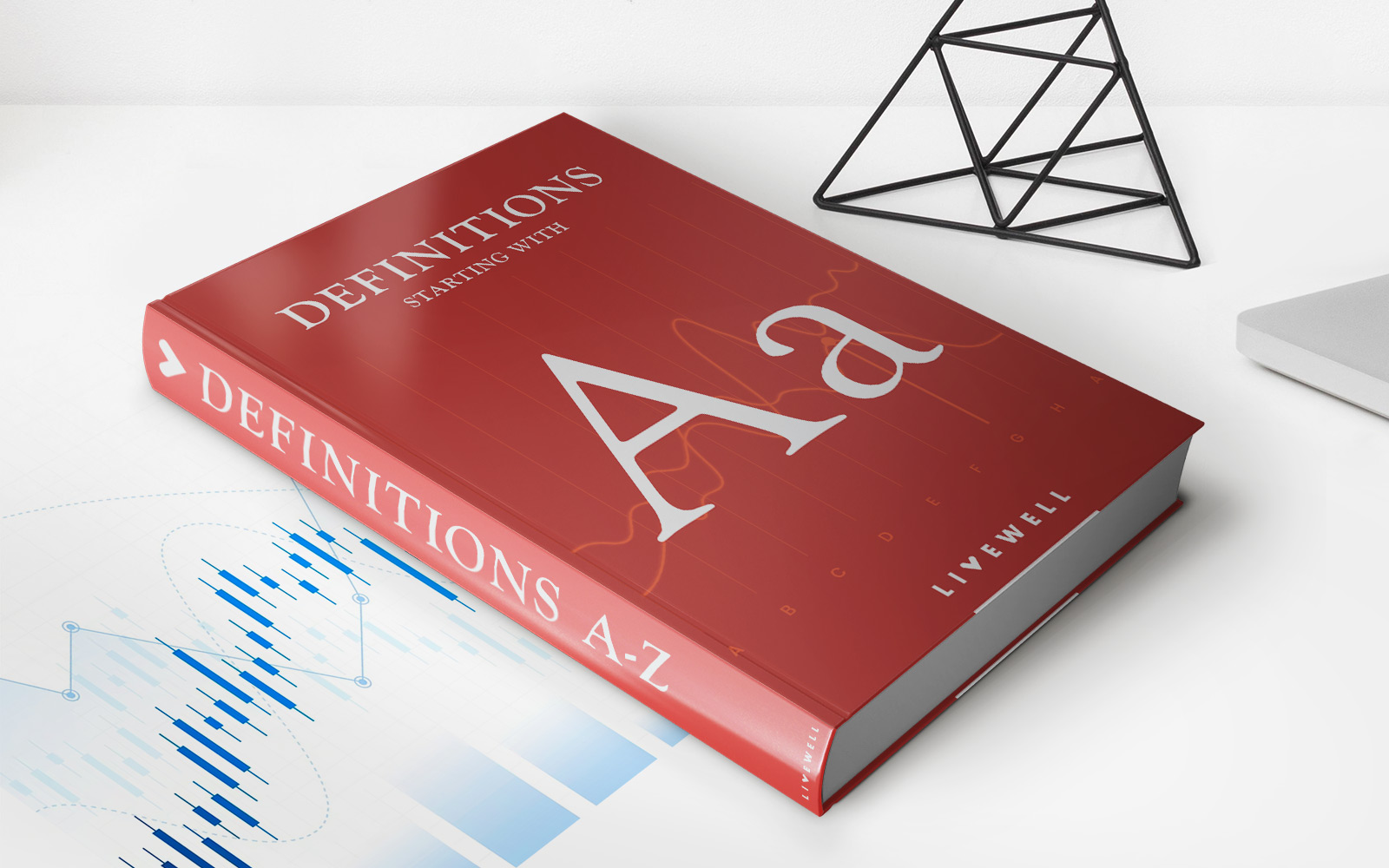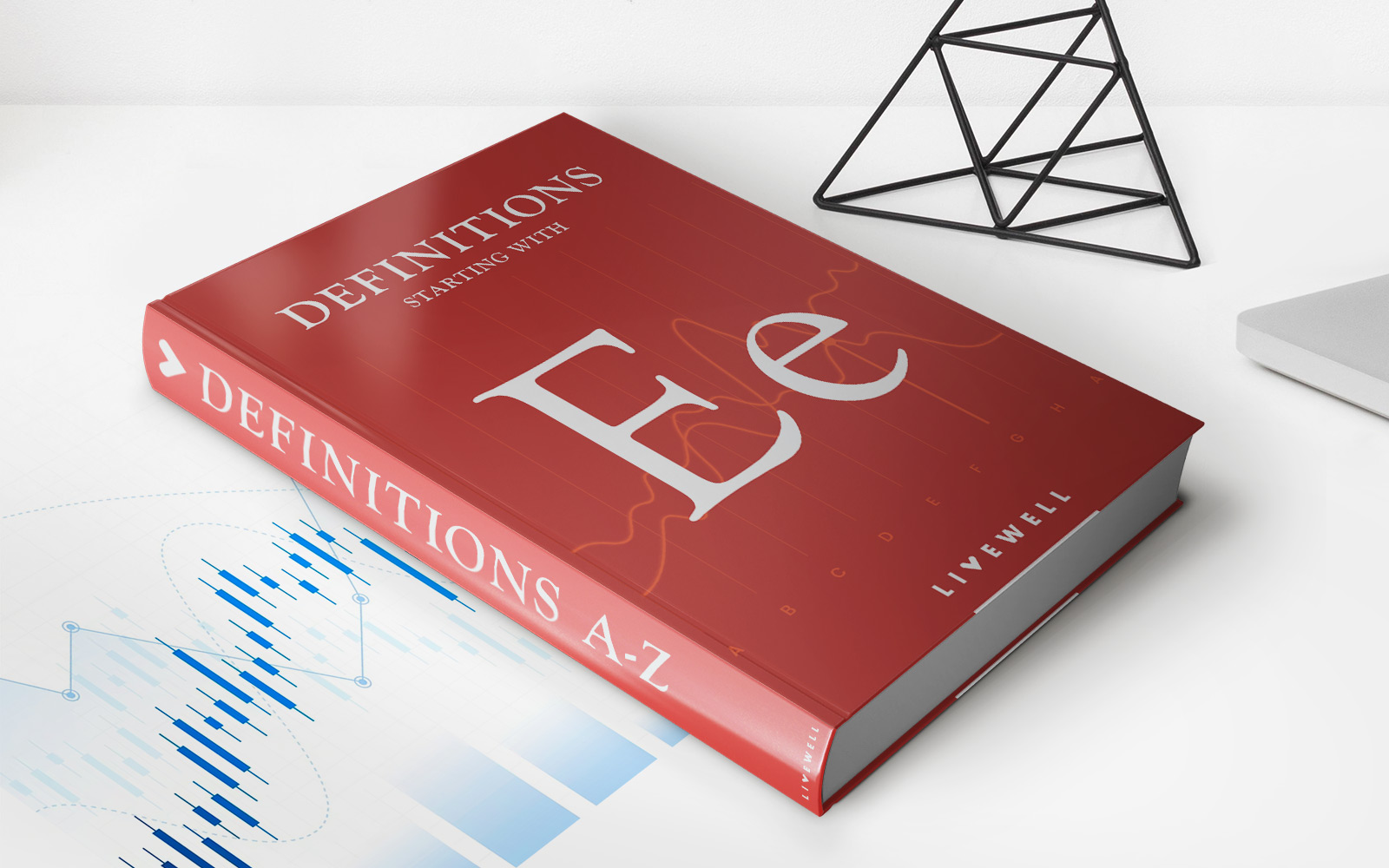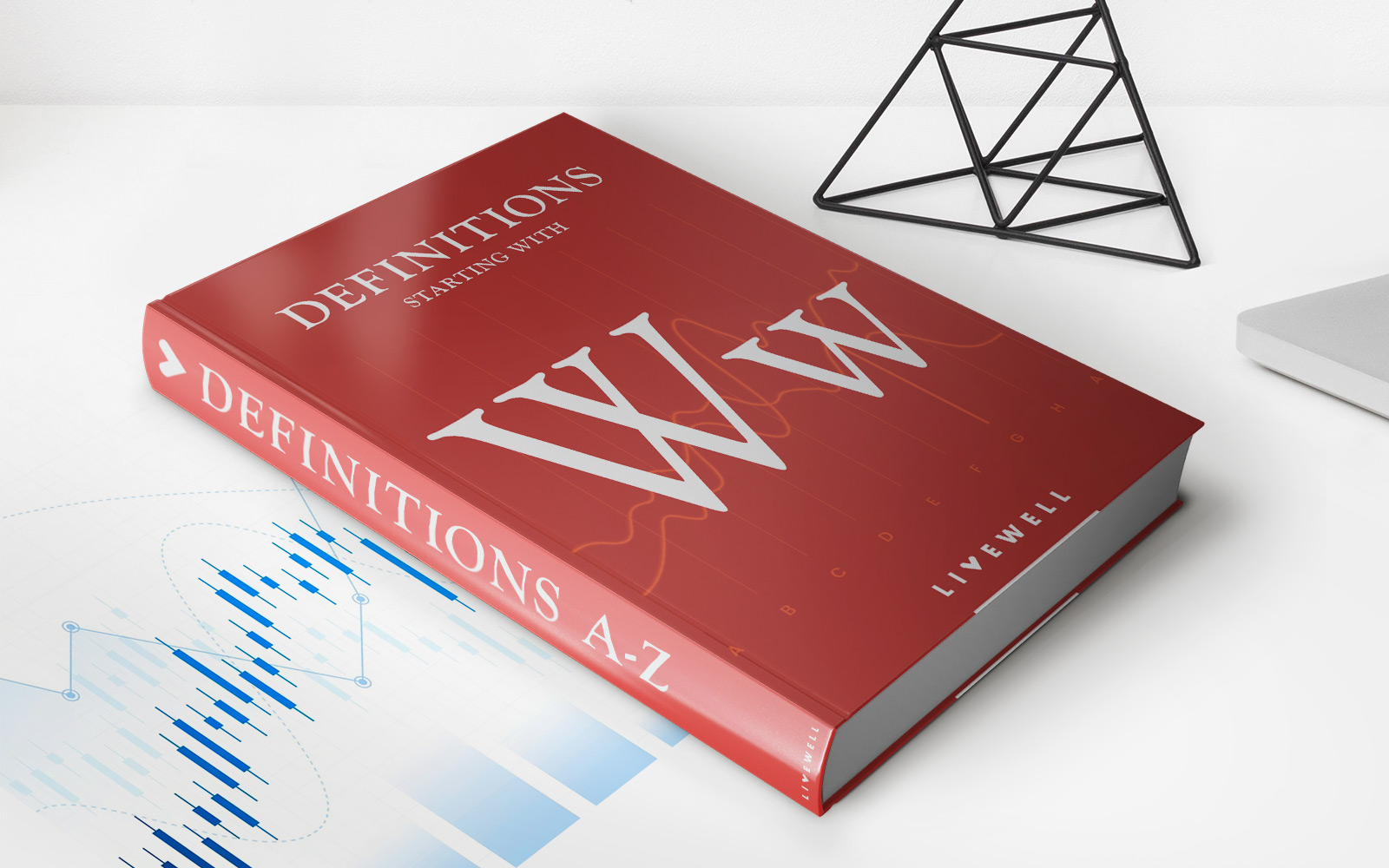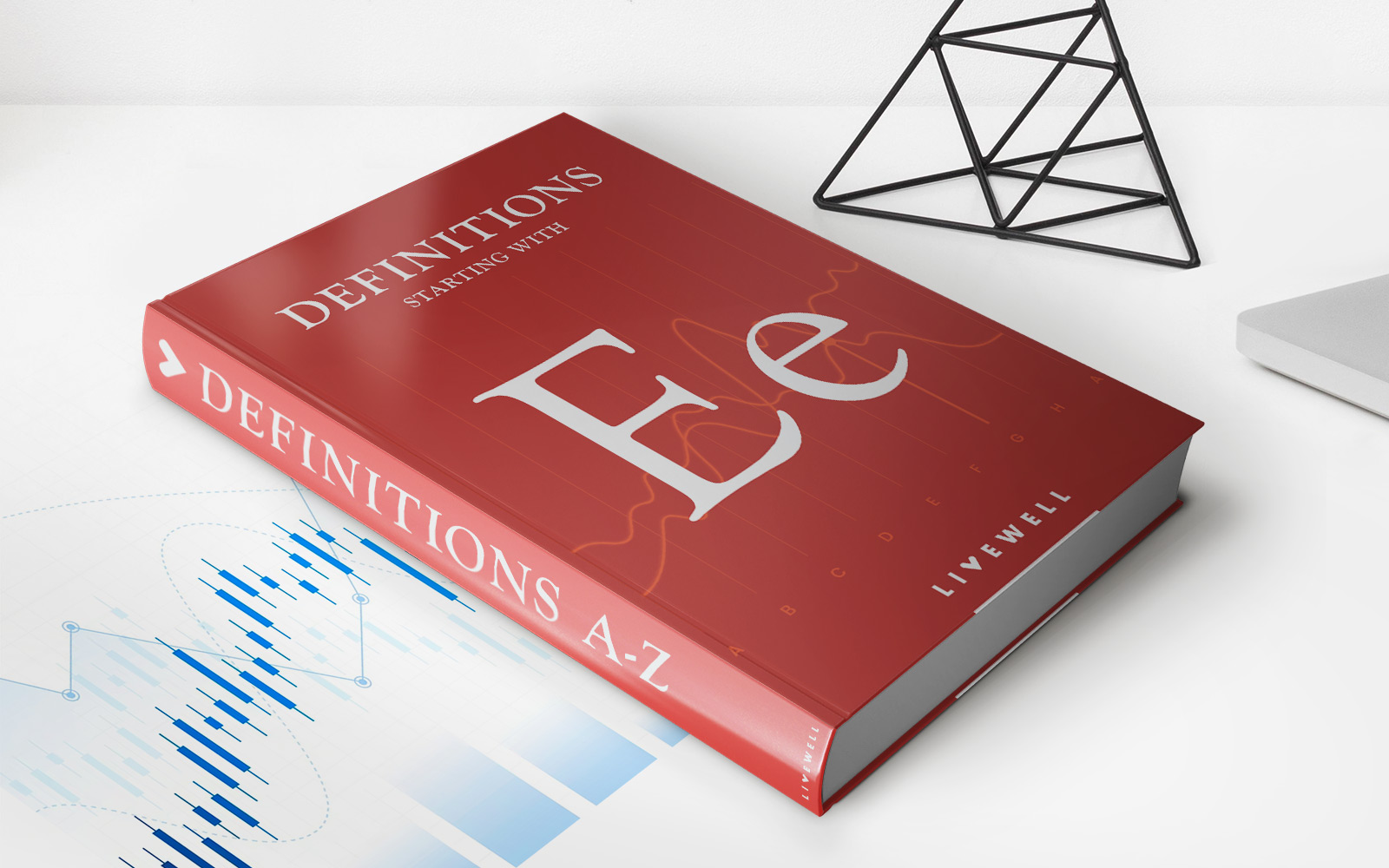

Finance
Equivolume Definition
Published: November 19, 2023
Discover the meaning of Equivolume in finance and how it affects market analysis. Enhance your financial knowledge with our comprehensive guide.
(Many of the links in this article redirect to a specific reviewed product. Your purchase of these products through affiliate links helps to generate commission for LiveWell, at no extra cost. Learn more)
What is Equivolume in Finance?
Welcome to our Finance category where we dive into various financial topics to help you make more informed decisions. In this blog post, we will be exploring the concept of equivolume in finance. If you’re new to the world of investing or looking to expand your knowledge, this is the perfect place for you.
Key Takeaways:
- Equivolume is a charting technique that combines volume and price data to provide a visual representation of buying and selling pressure in the stock market.
- This technique is valuable for identifying trends, support and resistance levels, and potentially predicting future price movements.
Understanding Equivolume
Equivolume is a unique and powerful tool that traders and investors use to analyze stock market data. It combines both volume and price information into one chart, providing a comprehensive view of market activity. By doing so, it helps traders identify key trends, support and resistance levels, and potential reversal patterns. This technique is particularly useful for those engaged in technical analysis.
Now, you might be wondering how equivolume charts work. It’s pretty simple! Equivolume charts consist of a series of vertical rectangles, each representing a specific period of time, such as a day or week. The width of the rectangle is directly proportional to the trading volume during that period, while the height represents the price range for that same period.
One of the key advantages of equivolume charts is their ability to visually represent buying and selling pressure. If a rectangle is wider, it signifies a higher trading volume during that period. This suggests a greater level of interest and activity in the stock, indicating strong buying or selling pressure. On the other hand, if the rectangle is narrower, it indicates lower trading volume, suggesting weaker interest at that time.
Benefits of Equivolume Charts
By now, you might be wondering why equivolume charts are such a valuable tool in finance. Here are some of the benefits they offer:
- Identifying Trends: Equivolume charts can help traders identify trends in the market by visually displaying the relationship between volume and price movement. It allows traders to see whether the buying or selling pressure is driving the trend.
- Support and Resistance Levels: Equivolume charts can reveal important support and resistance levels by highlighting areas of high trading volume. These levels often have a significant impact on future price movements.
- Predicting Future Price Movements: Equivolume charts are useful for predicting potential price movements by analyzing patterns formed by the rectangles. Traders can look for specific patterns, such as bearish or bullish engulfing patterns, to gain insights into future price actions.
In conclusion
Now that you have a better understanding of equivolume in finance, you can start incorporating it into your trading and investment strategies. Equivolume charts offer valuable insights into market activity, helping you make more informed decisions. Remember, technical analysis is just one tool in your toolbox, but it can play a crucial role in enhancing your trading skills.
We hope this blog post has provided you with a solid introduction to equivolume and its benefits. Stay tuned for more informative content in our Finance category!
